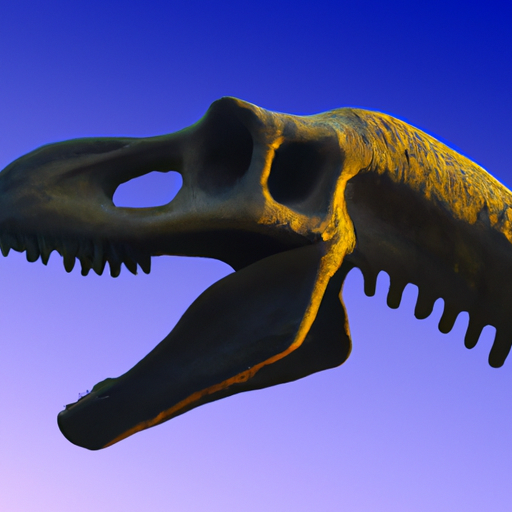 Introduction:
Introduction:
The Earth is teeming with an astonishing diversity of life, including a vast array of animal species that have evolved over millions of years. However, the delicate balance of this biodiversity has been disrupted by human activities, leading to the extinction of numerous animal species. This article aims to provide an extensive exploration of some of the most well-known and lesser-known extinct animals, highlighting the tragic consequences of our actions on Earth’s ecosystems.
1. Dinosaurs:
The most iconic extinct animals that once roamed the Earth are dinosaurs. These magnificent creatures, such as Tyrannosaurus rex, Brachiosaurus, and Triceratops, dominated the planet for over 160 million years. Their extinction, believed to be triggered by a cataclysmic event, likely an asteroid impact, occurred approximately 65 million years ago, leading to the rise of mammals as the dominant group of animals.
2. Dodo Bird:
The Dodo bird, endemic to the island of Mauritius in the Indian Ocean, became one of the earliest well-documented cases of human-induced extinction. This flightless bird, known for its ungainly appearance, was hunted by sailors and introduced predators, ultimately leading to its extinction in the late 17th century. The Dodo serves as a stark reminder of the devastating impact human activities can have on vulnerable populations.
3. Passenger Pigeon:
Once the most abundant bird species in North America, the Passenger Pigeon faced rapid extinction due to relentless hunting and habitat destruction. These birds formed massive flocks that darkened the skies, but by the early 20th century, they were reduced to a mere handful of individuals. The last known Passenger Pigeon, named Martha, died in captivity in 1914, marking the extinction of an entire species.
4. Tasmanian Tiger:
The Tasmanian Tiger, or Thylacine, was a unique marsupial predator native to Tasmania, Australia, and New Guinea. Despite its name, it was not related to tigers but rather had a remarkable resemblance to canids. Intensive hunting, disease, and habitat fragmentation led to its extinction in the early 20th century, with the last known individual dying in captivity in 1936. The Tasmanian Tiger represents a tragic loss to Australia’s unique fauna.
5. Quagga:
The Quagga, a subspecies of the plains zebra, once inhabited the grassy plains of South Africa. Renowned for its unique coat pattern characterized by stripes only on the front half of its body, the Quagga was relentlessly hunted by European settlers for its meat and hide. By the late 19th century, the last Quagga died in captivity, making it the first extinct animal to have its DNA analyzed. Efforts to revive the Quagga through selective breeding are underway.
6. Steller’s Sea Cow:
Steller’s Sea Cow, a massive marine mammal, once inhabited the waters of the Bering Sea. Discovered by Europeans in the 18th century, this gentle herbivore was hunted to extinction within just 27 years. Despite its size, reaching lengths of up to 30 feet, the Sea Cow was defenseless against relentless hunting for its meat, hide, blubber, and bones. Today, only skeletal remains and historical accounts remain, serving as a somber reminder of humanity’s destructive impact.
Conclusion:
The extinction of animal species represents a significant loss to Earth’s biodiversity, disrupting ecological balance and forever erasing unique evolutionary branches. From the awe-inspiring dinosaurs to the tragic tales of the Dodo bird, Passenger Pigeon, Tasmanian Tiger, Quagga, and Steller’s Sea Cow, each extinction is a testament to the irreversible consequences of human actions. It is crucial to learn from these past mistakes and take active measures to protect and preserve the surviving animal species, ensuring a sustainable future for all life on Earth.
